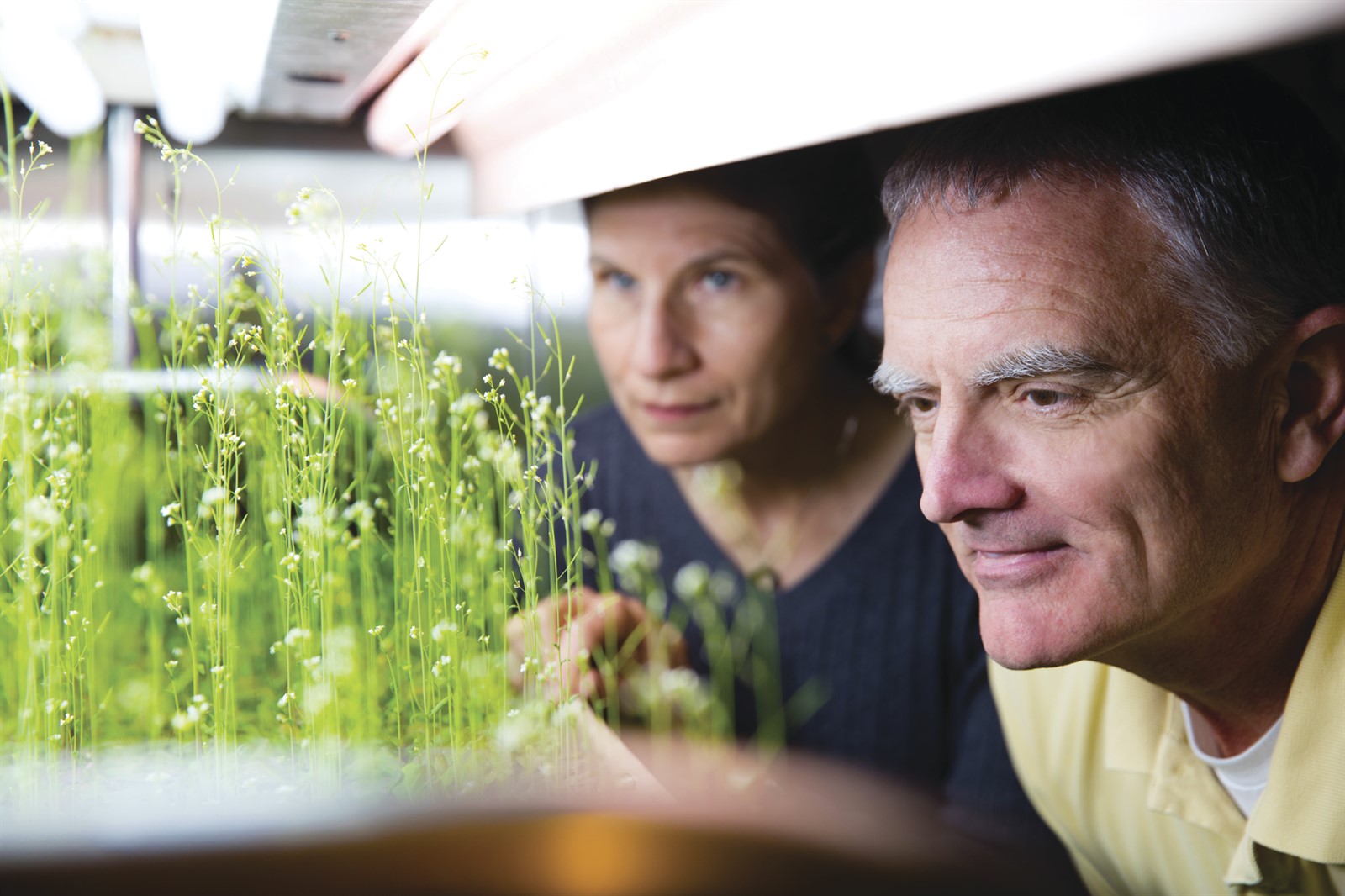In the 60 years since beginning operations on Oct. 1, 1958, NASA has always instilled the wonder and excitement of space in our nation, spurring us to look to the heavens and not just dream about space exploration but to strive for it and achieve it.
Thinking back on the last 60 years and how far NASA has come is awe-inspiring. From the early days, with Alan Shepard as the first American in space and John Glenn becoming the first American to circle the Earth to Apollo 8 providing humanity a glimpse of our planet from afar and culminating in Neil Armstrong’s historic “one small step for man, one giant leap for mankind” as he became the first human to set foot on the moon.
Through the challenges of bringing the Apollo 13 crew safely back home and the tragic losses of the Apollo 1, Challenger, and Columbia crews. From missions revealing striking imagery of neighboring planets and revolutionizing understanding of our solar system to the extraordinary views from the Hubble Space Telescope and NASA’s other great observatories providing windows into the universe beyond. And successfully landing rovers on the surface Mars allowing us for the first time to remotely explore another planet and analyze samples.
In 1984, President Ronald Reagan called upon NASA to build an international space station, and in 1998, the first segment was launched into orbit. After 10 years and more than 30 assembly missions, the International Space Station (ISS) is the result of unprecedented collaboration among five space agencies representing 15 countries. Since the first crew to reside on the space station launched in November 2000, humans have had a continuous presence in space living and working onboard the ISS.
In 2005, Congress designated the U.S. portion of the ISS as the nation’s newest national laboratory, and in 2011, NASA selected the ISS National Lab to manage the ISS National Lab. Since then, the ISS National Lab has worked closely with our partners at NASA to maximize use of the ISS to advance scientific knowledge and new technologies and enable breakthroughs not possible on the ground both to benefit life on Earth and support efforts to explore beyond our planet on long-duration space missions.
But we are just getting started, and we look forward to continuing to work together with NASA to foster scientific discovery and technological innovation in space and to continue to fuel the excitement for science in space that NASA sparked 60 years ago.






